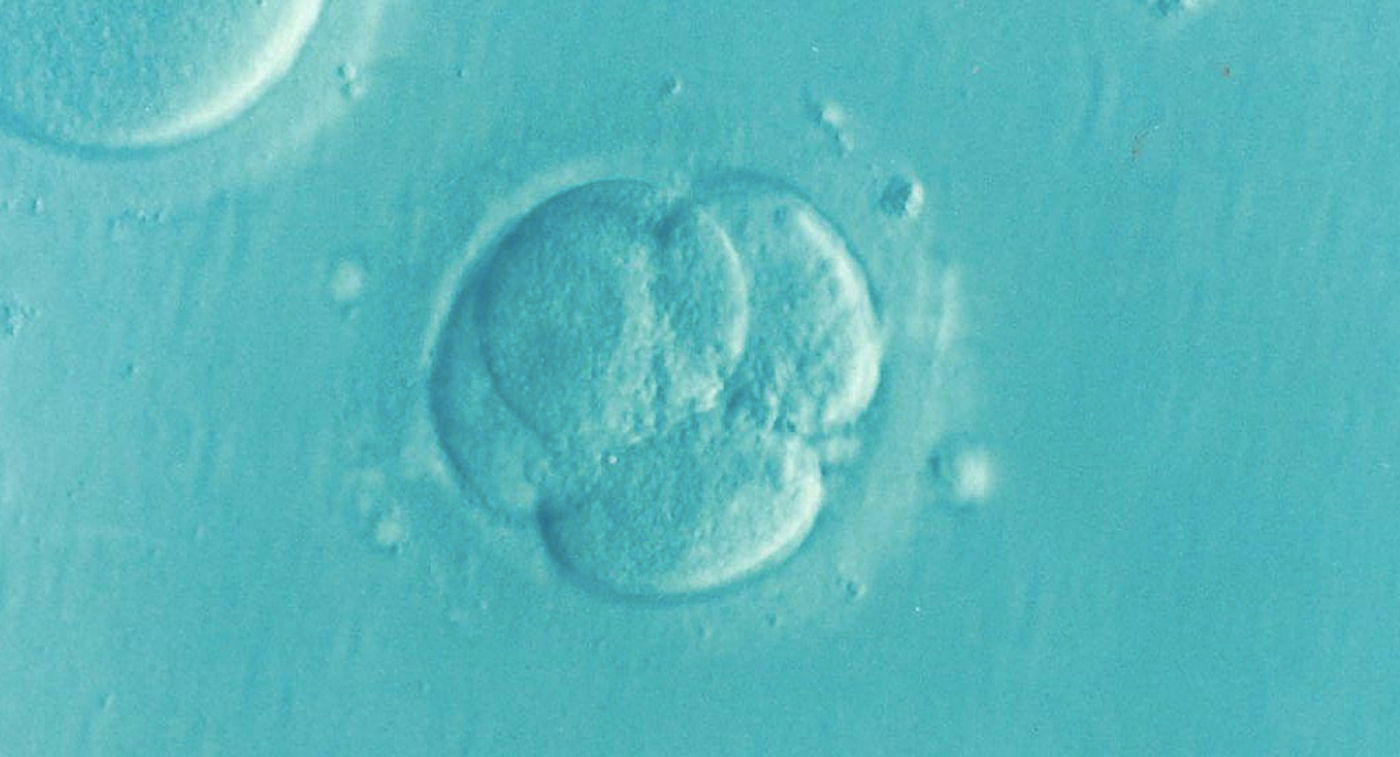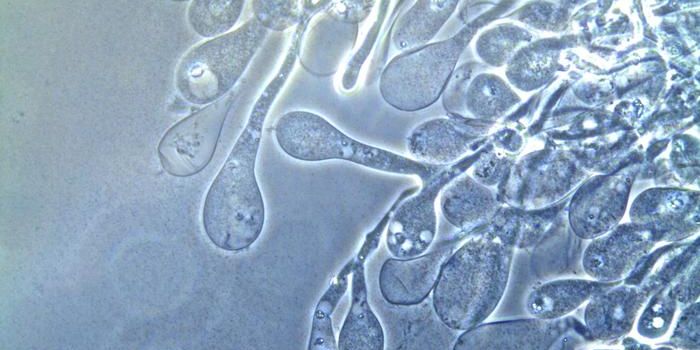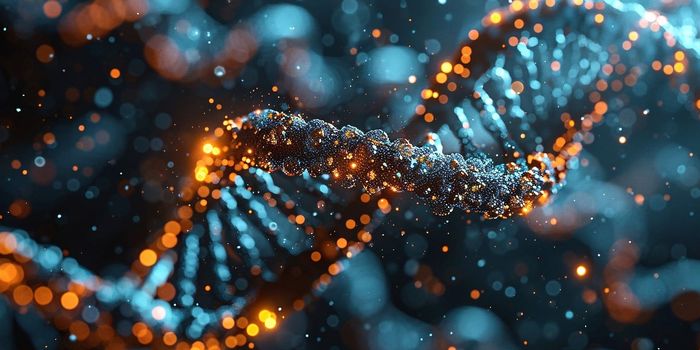Experts Conclude Genome Editing in Human Embryos Still Too Risky
The Third International Summit on Human Genome Editing has concluded, and experts have come to a consensus that, “Heritable human genome editing remains unacceptable at this time,” according to their statement. There has been a lot of hype surrounding the Nobel-prize winning tool CRISPR-Cas9, and it has been revolutionary for the biomedical laboratory. But there appears to still be a significant number of technical challenges that have to be overcome before this approach can be used to edit the genome of human embryos. This is even before we grapple with the ethical implications.
Work presented at the summit shows why we should be concerned about the safety of using CRISPR-Cas9 in its current form on human embryos.
CRISPR-Cas9 works with several molecules. One of them is an enzyme that cuts both strands of the DNA helix. Other parts ensure that the enzyme is directed to the right place in the genome. When the cut is made, the edited cell uses its own machinery to repair the break. It can do so with a template that has the proper sequence, added with the CRISPR reagents. But this process is not totally accurate all of the time. Sometimes, a few letters of the genetic code are lost, or added, or incorrect when the 'repair' is complete.
While a lot of work has been done with CRISPR-Cas9, the vast majority of it has been done with mice, or model organisms like zebrafish. Some experiments that have been done on humans have been in adults, and embryonic cells may react very differently to the process than adult cells. Right now, researchers can't know how using CRISPR-Cas9 on an embryo could affect that individuals offspring.
Other studies that have used human embryonic cells have revealed that when the double strand of DNA is broken with the Cas9 enzyme, huge sections of chromosomes are sometimes lost. Another group of researchers reported similar results, adding that these chromosomal deletions are also difficult to detect with standard methods. In another case, the embryonic cells did not repair the DNA breaks made by CRISPR-Cas9 at all, yet some of those embryos continued to develop with aberrant genomes. These alterations would likely have significant impacts on embryos that were allowed to keep developing.
There could be alternatives, and some already exist. One is a version of CRISPR in which only one strand of DNA is cut, while another is a base editor that swaps one letter or nucleotide of DNA for another. Researchers reported at the summit that one type of base editor did not cause off-target changes in DNA. However, undesired changes in RNA did appear .
Surely, researchers will continue to look for good ways to safely edit the human genome, because there is enormous potential to relieve or even cure many diseases. But there is clearly more work to be done.
Nature reported that developmental biologist and summit organizing committee chair Robin Lovell-Badge commented, “We are still keen that the research goes ahead. In parallel, there has to be more debate about whether the technique is ever used.”
Sources: Nature, PNAS, Nature Communications, Science Advances









